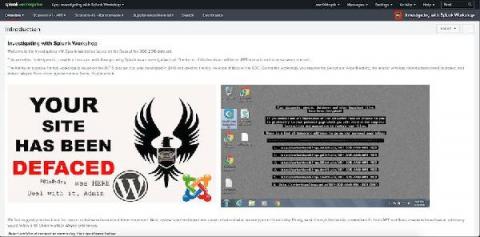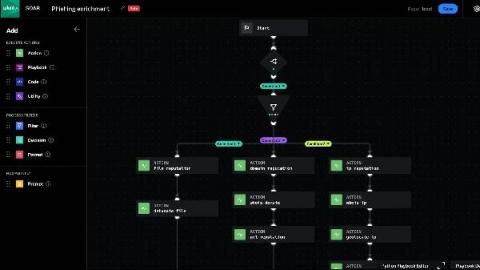Minimizing The Risk of Cyber Attacks with Network Security Analytics
Cyber attacks come in many forms, but they almost always share one trait in common: they are carried out over the network. Although there are exceptions, the network is usually the entry point that attackers use to launch whichever exploits, data thefts, or other intrusions they aim to impose upon a business.





